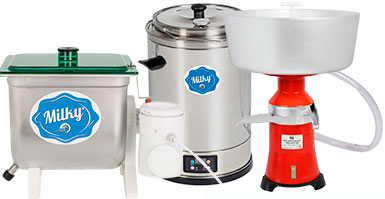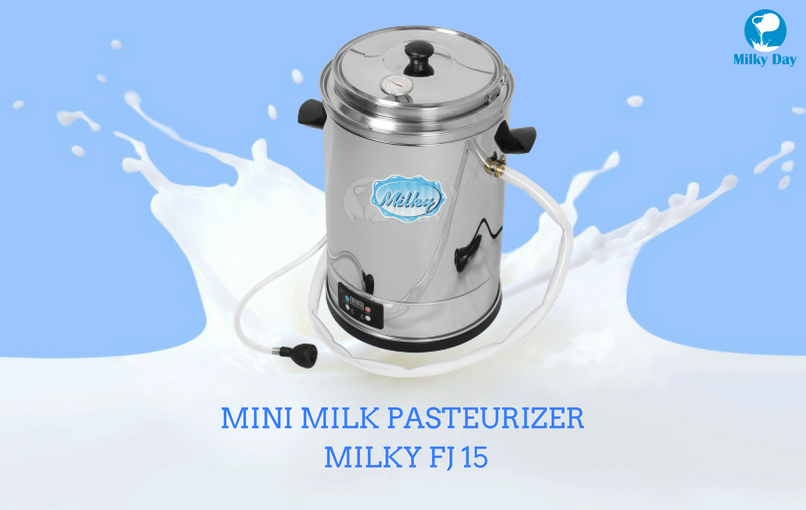If you do grocery shopping quite often, you might have noticed that pasteurized milk became a true monopolist of shelves with dairy products. You won’t find any raw milk in supermarkets. Why is it so, why we should pasteurize milk and how can you do it at home? We will answer all these questions in this article.
What is pasteurized milk?
In the mid-1800s germs were discovered. Scientists and doctors realized that germs are the reason for most diseases and, obviously, deaths. So it was the logical decision to kill those malicious germs in everything a human has to deal with. In the late 1800s, the pasteurisation became not only a desirable but a vital action. This process made milk safe killing all bacteria. Since that pasteurised milk became something we are used to. There is also an opinion that pasteurization kills not only germs but most nutrients making milk pretty much useless for the human body. But let’s keep in mind that the benefits of raw milk consumption are rather debatable since the grown-up can’t really get all nutrients from this drink.
The pasteurization process is boiling, basically. The substance that needs to be pasteurised has to reach a certain temperature at which all microbes will die. So pasteurised milk is raw milk that was heated to the boiling point and then rapidly cooled down. After this process, the dairy drink not only becomes safe but also can be stored for a longer period of time. If raw milk will get bad after 3-4 days, the pasteurized milk can be stored in the cold place during the whole week.
How to make milk safe at home?
If you have a small amount of milk (up to 5 litres), you can pasteurise it without any additional devices. You will need a stainless pot and some patience.
First, you need to pour milk into the pot and heat it to 32 degrees Celsius (145 degrees Fahrenheit) while stirring it from time to time. Once you reach this point, keep this temperature for a half an hour. You can do it by increasing and lowering the heat. After 30 minutes place the pot with milk in a bigger pot or in a sink previously filled with ice water. Let milk reach 4-5 degrees Celsius (40 degrees Fahrenheit) stirring it constantly. And that’s it – you’ve pasteurized milk by yourself. Now it can be stored in the fridge.
Are there any other options?
The pasteurization can be dull and annoying. And if you are doing it quite often, you should get yourself a pasteurizer machine. It will allow you to pasteurize not only milk but cream and juices as well. Also, with this machine, you can make different kinds of cheese. The pasteurizer will keep the required temperature by itself, so there is no need to control the process. So you will get pasteurized milk without any efforts.




